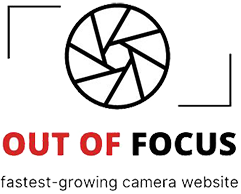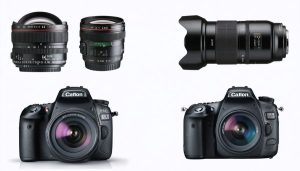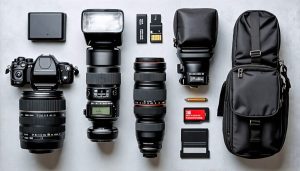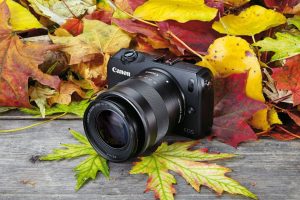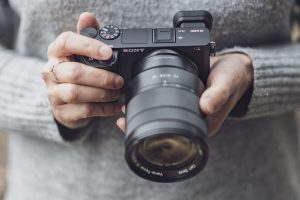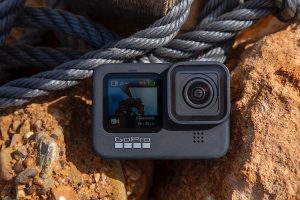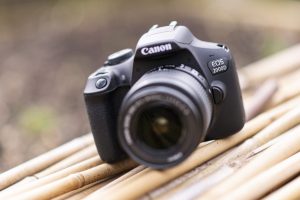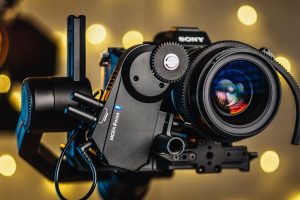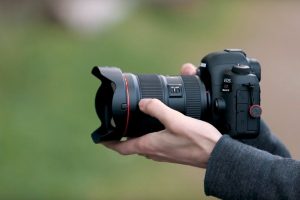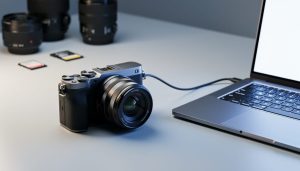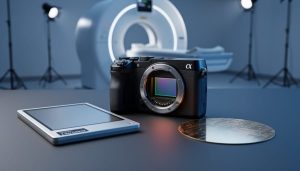
Transform your photography business with cutting-edge 360-degree imaging equipment that’s now more accessible than ever through innovative subscription services. Professional-grade 360 cameras, motorized panoramic heads, and advanced post-processing software – once requiring investments of $10,000 or more – can now be accessed for a fraction of the cost through monthly subscription plans.
The explosive growth of virtual tours and immersive content has revolutionized how photographers approach equipment acquisition. Whether you’re creating virtual real estate walkthroughs, interactive product displays, or stunning virtual experiences, today’s subscription-based equipment solutions eliminate the barrier of hefty upfront costs while ensuring access to the latest technology.
From industry leaders like Matterport and NCTech to emerging platforms offering complete 360 photography kits, photographers now have unprecedented flexibility in scaling their gear to match project demands. This comprehensive guide explores the best subscription equipment options, compares leading services, and reveals how to maximize your investment in 360 photography gear without breaking the bank.
Experience the future of professional imaging – where state-of-the-art equipment meets the convenience of subscription-based access, empowering photographers to deliver cutting-edge virtual experiences while maintaining healthy cash flow.
Essential 360 Photography Equipment You’ll Need
360 Cameras and Rigs
The world of 360-degree cameras has expanded dramatically, offering photographers diverse options through subscription services. Whether you’re just learning about setting up 360-degree cameras or advancing your skills, there’s equipment available to match your needs.
Popular subscription options include the Insta360 Pro 2, which delivers stunning 8K resolution and professional-grade stabilization. This camera excels in both still photography and video capture, making it versatile for various projects. For more compact solutions, the GoPro Max and Ricoh Theta Z1 offer excellent portability without sacrificing image quality.
Mounting systems are equally crucial for successful 360 photography. Most subscription services provide specialized rigs like the Manfrotto VR carbon fiber tripod system, which ensures stability and minimal vibration. For aerial shots, drone-mounted 360 rigs like the DJI X7 with panoramic head attachments are available through premium subscriptions.
Multi-camera arrays, while more complex, offer superior image resolution and control. These systems typically include 6-12 synchronized cameras mounted on a precision-engineered rig. Services often bundle these with automated stitching software to streamline post-processing.
For underwater photography, specialized housings like the Nauticam VR system protect your gear while maintaining optical quality. These premium accessories are often included in higher-tier subscription plans, allowing photographers to explore diverse shooting environments without additional investment.
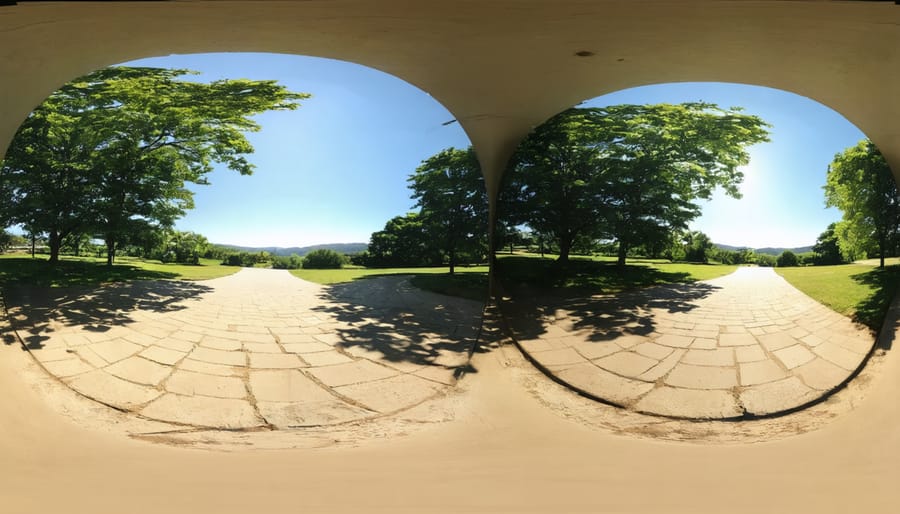
Supporting Equipment and Accessories
To capture stunning 360-degree photos, you’ll need more than just a camera. A robust set of supporting equipment ensures professional results and smooth operation during shoots.
A sturdy tripod is absolutely essential for 360 photography. Look for models with a perfectly level base and adjustable legs to maintain stability on uneven surfaces. For best results, choose a tripod with a built-in bubble level and quick-release plate system.
Remote controls are another crucial accessory, allowing you to trigger the camera without physically touching it. This prevents unwanted camera movement and keeps you out of the frame. Both wireless and smartphone-based remote options work well, with many cameras offering dedicated mobile apps for remote operation.
Stabilization equipment becomes particularly important for virtual tours and real estate photography. A gimbal can help maintain smooth motion when capturing walk-through footage, while anti-vibration mounts minimize blur in long exposures.
Other invaluable accessories include:
– Memory cards with fast write speeds
– Spare batteries and chargers
– Cleaning kit for lenses and sensors
– Portable lighting solutions
– Storage and transport cases
– Cable management systems
For outdoor shoots, consider weather protection gear like camera covers and lens hoods. If you’re shooting in low light conditions, LED panels or flash units specifically designed for 360-degree coverage can dramatically improve your results.

Subscription Services vs. Traditional Purchasing
Cost Analysis and ROI
When considering investment in 360 photography equipment, it’s crucial to understand the 360-degree camera pricing and compare different acquisition methods. Let’s break down the numbers with real-world examples.
A professional-grade 360 camera like the Insta360 Pro 2 costs around $5,000 upfront. Meanwhile, subscription services typically charge between $99-299 per month, depending on the equipment tier and included accessories. For instance, LensRentals offers the same camera for $225 per week or $675 monthly.
Consider this scenario: A real estate photographer shooting 10 properties monthly. Purchasing the camera outright ($5,000) plus essential accessories ($1,500) requires a $6,500 initial investment. Alternatively, a subscription package at $250 monthly includes the camera, accessories, and insurance.
The break-even point occurs around 26 months of subscription use versus purchasing. However, subscriptions offer additional benefits: equipment upgrades, maintenance coverage, and the flexibility to scale up or down as needed.
For occasional users shooting 3-4 projects monthly, subscribing makes more financial sense. A $199 monthly subscription totals $2,388 annually – significantly less than purchasing. Plus, you’re not locked into aging technology.
Professional studios handling 20+ projects monthly should consider purchasing, as the ROI typically occurs within 18 months. Remember to factor in depreciation (roughly 20% annually) and maintenance costs (approximately $500 yearly) when calculating long-term ownership expenses.
The sweet spot? Many photographers start with a subscription to test the waters and transition to ownership once their client base grows consistently.
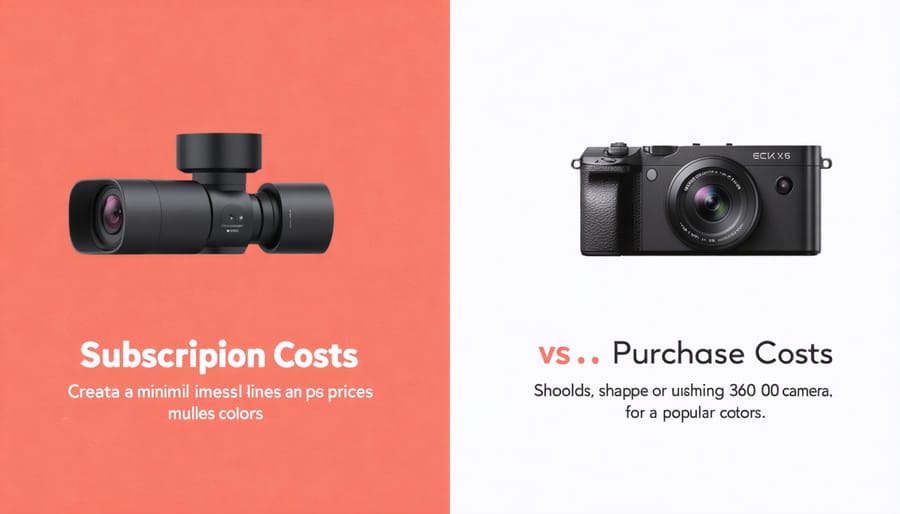
Flexibility and Equipment Access
One of the most compelling advantages of modern 360 photography is the ability to experiment with different equipment setups without committing to substantial investments. Renting professional photography equipment allows you to test various configurations and find what works best for your specific needs before making any major purchases.
This flexibility is particularly valuable when you’re just starting out or transitioning between different types of 360 projects. For instance, you might begin with a basic motorized head setup for product photography, then experiment with multi-camera rigs for virtual tours without the pressure of purchasing everything at once. This try-before-you-buy approach helps you make informed decisions about your equipment investments.
Access to different gear combinations also enables you to adapt to varying project requirements. A simple real estate virtual tour might need only a single camera with a fisheye lens, while a high-end commercial project could demand a sophisticated multi-camera array with precise synchronization. By maintaining flexibility in your equipment choices, you can scale your setup according to each project’s specific demands.
Moreover, rotating through different equipment setups helps you develop a broader skill set. You’ll learn the nuances of various systems, understand their strengths and limitations, and become more versatile as a photographer. This knowledge proves invaluable when clients request specific types of 360 content or when you’re ready to invest in your own permanent setup.
Top Equipment Subscription Services for 360 Photography
Professional-Grade Services
For photographers seeking top-tier 360 photography equipment without the hefty upfront investment, professional-grade subscription services offer an attractive solution. These services typically provide access to premium gear, including high-end DSLR cameras, specialized 360-degree rigs, and professional lighting equipment, all backed by comprehensive equipment insurance for rentals.
Leading providers like LensGear Pro and PhotoFlex Elite offer flexible subscription tiers, usually starting from $199 to $499 per month. These plans often include access to the latest models from top manufacturers such as Canon, Nikon, and specialized 360-degree systems from Insta360 and Matterport. What sets these professional services apart is their white-glove support, including 24/7 technical assistance and same-day equipment replacement if issues arise.
Many subscription services also incorporate value-added benefits like priority scheduling, unlimited equipment swaps, and access to exclusive workshops and training sessions. For instance, CameraCloud Premium members can exchange their gear up to four times per month, perfect for photographers working on diverse projects requiring different equipment setups.
The real advantage comes in the form of firmware updates, regular maintenance, and cleaning services included in these subscriptions. Professional photographers can focus on their craft while the service provider handles the technical upkeep. Some providers even offer dedicated account managers who can help curate the perfect equipment package based on specific project requirements.
Before committing to a subscription, consider factors like geographic availability, shipping policies, and minimum contract terms. Many services require a three to six-month minimum commitment, though some offer month-to-month flexibility at a slightly higher rate. The best providers will also include comprehensive insurance coverage and damage protection, ensuring peace of mind during shoots.
Budget-Friendly Alternatives
Getting started with 360 photography doesn’t have to break the bank. While professional rigs can cost thousands, there are several budget-friendly alternatives that can help you explore this exciting field without a significant investment.
One of the most accessible options is using your smartphone with a budget panoramic head. Basic manual rotating heads start at around $30-50 and can deliver surprisingly good results when used carefully. Pair this with a sturdy tripod you might already own, and you’re ready to start experimenting.
For those looking to step up their game without spending a fortune, consider entry-level 360 cameras like the Insta360 ONE RS or the GoPro MAX when they’re on sale. These cameras often go for $300-400 and provide excellent value for beginners. Many photographers start with these before investing in more expensive equipment.
DIY solutions can also be remarkably effective. Creating your own panoramic head using affordable materials from hardware stores can cost less than $20. While these homemade rigs require more patience and practice, they’re perfect for learning the fundamentals of 360 photography.
Software alternatives deserve consideration too. Instead of expensive specialized programs, try free or low-cost options like Hugin for stitching or Google Street View app for basic 360 captures. These tools might have fewer features but can handle most beginner needs effectively.
Consider renting equipment for specific projects rather than buying outright. Many local camera shops offer weekend rentals of professional 360 gear for a fraction of the purchase price. This approach lets you test different equipment and tackle high-end projects without long-term commitment.
Remember that creativity often matters more than expensive gear. Many successful 360 photographers started with basic equipment, focusing on composition and technique rather than high-end technology. As your skills grow, you can gradually upgrade your equipment based on specific needs and project requirements.
As we’ve explored throughout this guide, 360 photography equipment comes in various forms and price points to suit different needs and skill levels. For beginners just starting their journey into 360 photography, a consumer-grade 360 camera like the Ricoh Theta or Insta360 ONE series offers an excellent entry point. These cameras provide user-friendly features and reliable results without overwhelming complexity.
For enthusiast photographers looking to elevate their craft, mid-range options like the GoPro MAX or Insta360 PRO offer enhanced control and image quality. These cameras, combined with a sturdy tripod and remote trigger system, create a versatile kit that can handle most shooting scenarios, from virtual tours to event photography.
Professional photographers and virtual tour creators should consider investing in high-end systems like the Matterport Pro2 or multi-camera rigs. While these solutions require a more significant investment, they deliver the exceptional image quality and consistency that clients expect. Remember to factor in additional equipment like professional lighting systems, advanced tripods, and specialized software for post-processing.
Regardless of your level, certain essential accessories remain constant across the board. A reliable tripod, remote shutter release, and proper storage solutions are fundamental to successful 360 photography. Consider starting with basic equipment and gradually upgrading as your skills and requirements evolve.
For those concerned about budget constraints, equipment rental services and subscription-based options provide flexibility to access professional gear without the full upfront investment. This approach allows you to test different equipment configurations and scale your kit based on project demands.
Remember that the best equipment choice ultimately depends on your specific needs, budget, and intended use. Focus on building a kit that matches your current skill level while leaving room for growth. As your expertise develops, you can make informed decisions about upgrading or expanding your equipment collection to support your creative vision and professional goals.
